Tools for Teaching About WWII Production
Ever wonder about how America was able to achieve a “production miracle” during WWII? Searching for interesting ways to teach about industry, problem-solving, and how wartime labor shortages contributed to social change? Then, take a look at The National WWII Museum’s special exhibit website, Manufacturing Victory: The Arsenal of Democracy! Learn about how well-known leaders like President Roosevelt and George Marshall worked together with lesser-known figures like William Knudsen and other industrial leaders to convert factories from consumer production to wartime manufacturing. Educational resources like the “Who’s Who in WWII Industry” fact sheet provide biographies of some of these important figures and challenge students to make connections between these men, their motivations, and their work to win the war in a Facebook profile activity extension. Other features like the matching activity, “Who Produced What for the War” illustrate some of the wartime innovations that are still with us today, like M&M candies and an early prototype for today’s cell phones, the handie-talkie, as well as show what other well-known companies like Ford made for the war effort.
The Manufacturing Victory website is also full of primary sources such as excerpts from government film’s like Frank Capra’s “Why We Fight” film series, and other examples of wartime propaganda that students can analyze and discuss. These sources provide interesting perspectives on the types of profound social changes that wartime manufacturing caused, such as the large numbers of women and African Americans who entered factory work. Teachers can also use the interdisciplinary lesson plan, “Out-Producing the Enemy: American Production During WWII” (Grades 6-8), to help students make connections between the massive amounts of war material produced and US mobilization strategies. In the lesson, students complete a primary source analysis activity to identify some of the key factors that contributed to wartime production, and then use math to calculate, graph, and compare the actual rates of US production to other Allies and Axis countries. Classes can also view the recent national student webinar between The National WWII Museum and Michigan’s Yankee Air Museum to test what they know about the US’s WWII war effort, listen to real-life Rosie the Riveters, and explore the history and preservation of the longest WWII airplane production factory, Ford’s Willow Run plant.
Want to stay up to date with the Museum’s educational resources and programs? Join us by subscribing to our free monthly teacher e-newsletter, Calling All Teachers!
For more information about the free December 11 teacher professional development, The Medal of Honor Character Development Program, which will be hosted at The National WWII Museum, please visit the Congressional Medal of Honor Foundation website.
Post by Megan Byrnes, K-12 Curriculum Coordinator at The National WWII Museum.
- Chrysler's Detroit Arsenal Tank Plant tank, Detroit, MI, 1940s. Image courtesy of the National Automotive History Collection, Detroit Public Library.
- William Knudsen, former General Motors CEO, was the first industrialist to join FDR's National Defense Advisory Council. Courtesy of the National Archives and Records Administration.
- Delta Shipbuilding Company champion welders, New Orleans, January 1943. Courtesy of Mildred Aupied.
- United We Win propaganda poster, 1943. Courtesy of The National Archives and Records Administration.
- M&M's were designed for soldiers serving in extreme temperature conditions. On loan from Mars Incorporated.
- Motorola advertisement for the new "handie talkie" radio. Copyright Motorola Solutions, Inc., Legacy Archives Collection. Reproduced with permission.
- Government propaganda poster promoting rationing, 1943. Courtesy of the National Archives and Records Administration.
- New Orleans shipbuilder Andrew Higgins receives the "E" for Excellence pennant for production after he produces the 10,000 Higgins Boat, July 1944. Gift in memory of Andres N. Horcasitas, from the collection of The National WWII Museum, 2009.428.010.
- Knudsen was the first "dollar-a-year man" who forswore his 6 figure corporate salary to work for the national war effort. Gift of Richard Leche, from the collection of The National WWII Museum.


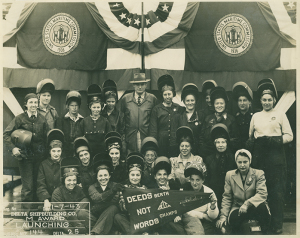
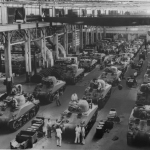
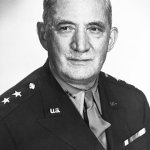
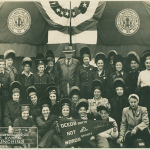

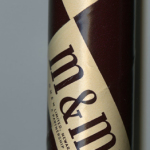
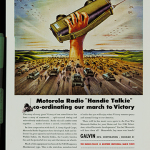
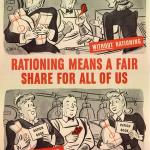

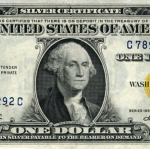


Leave a Reply